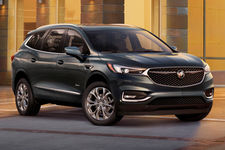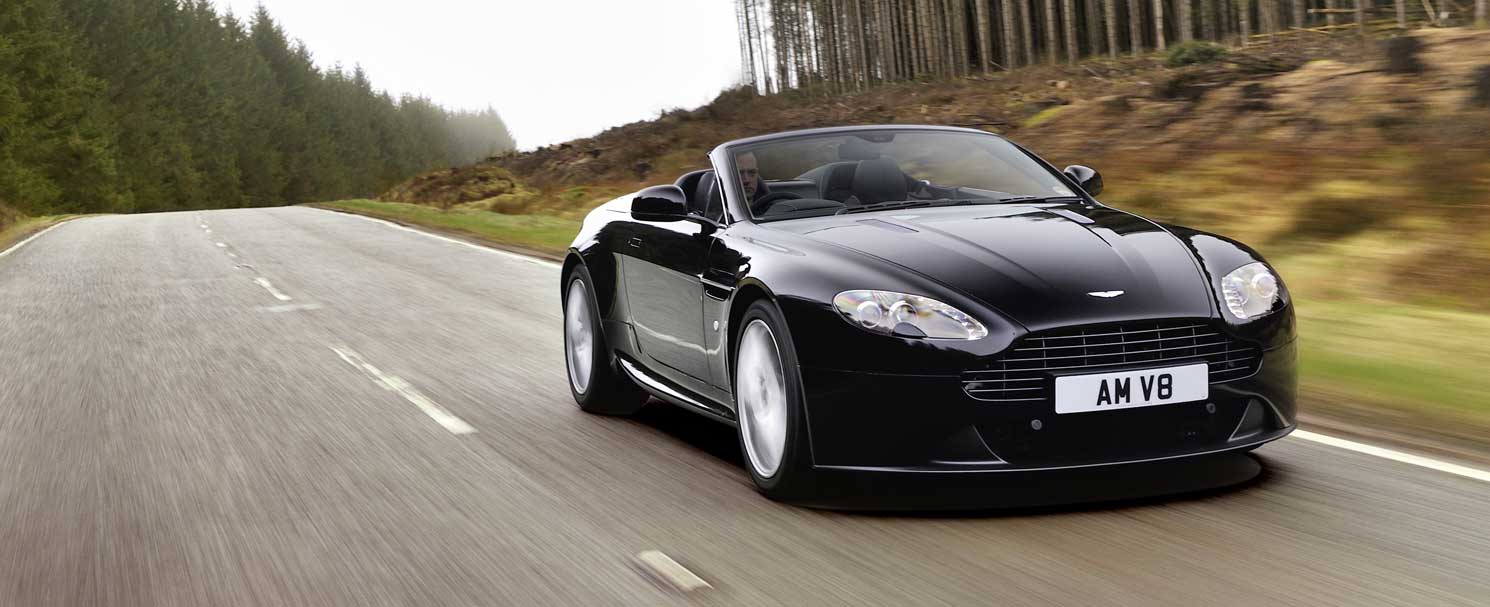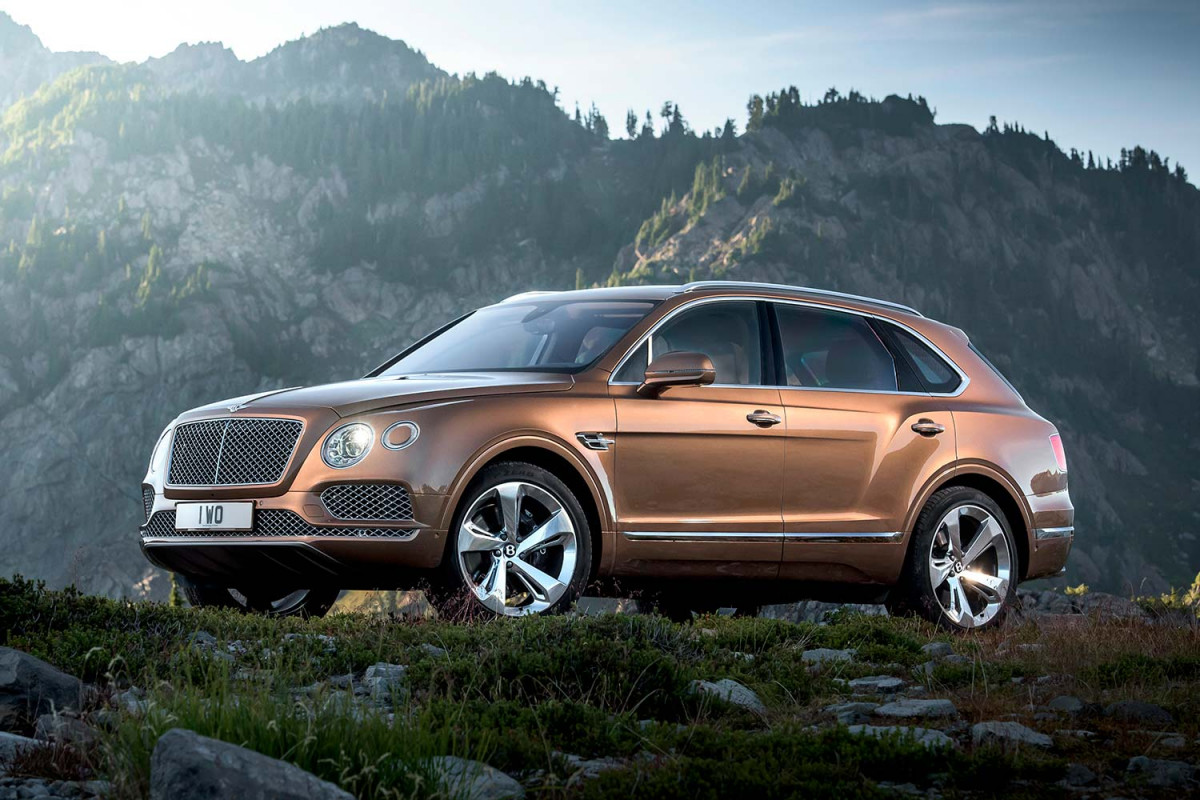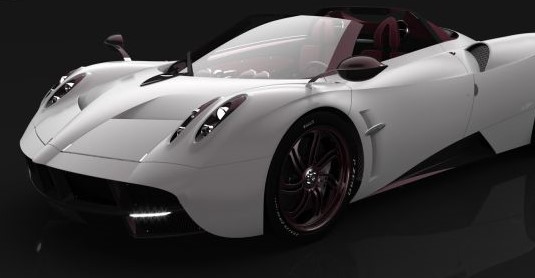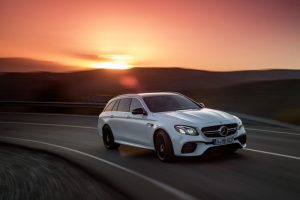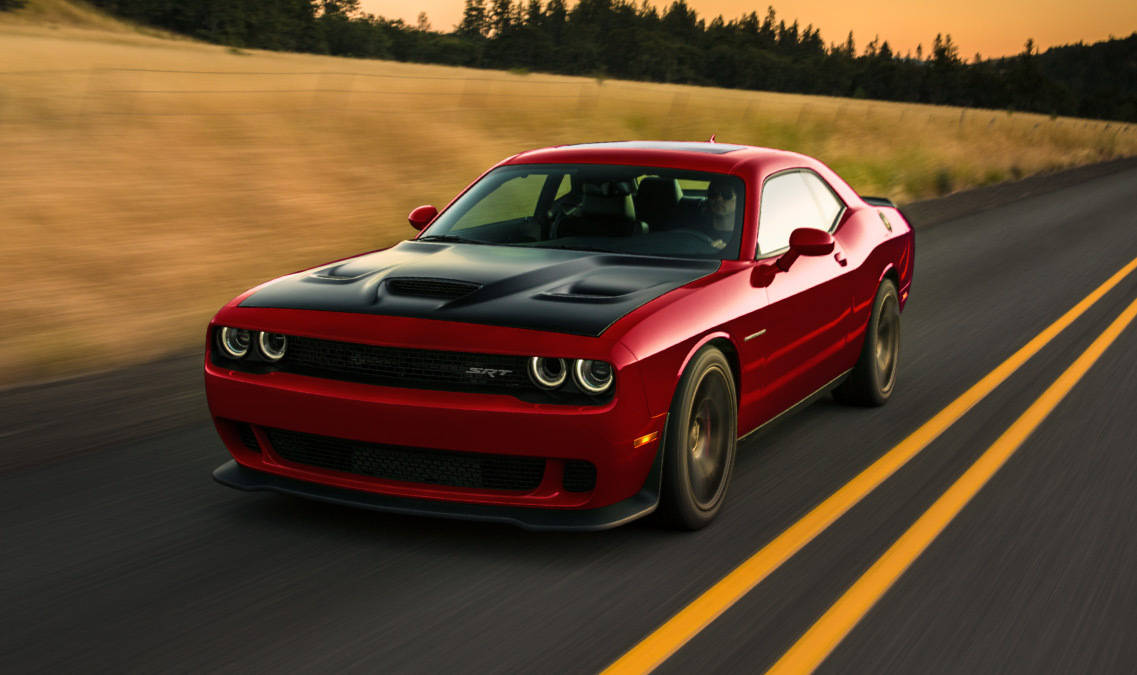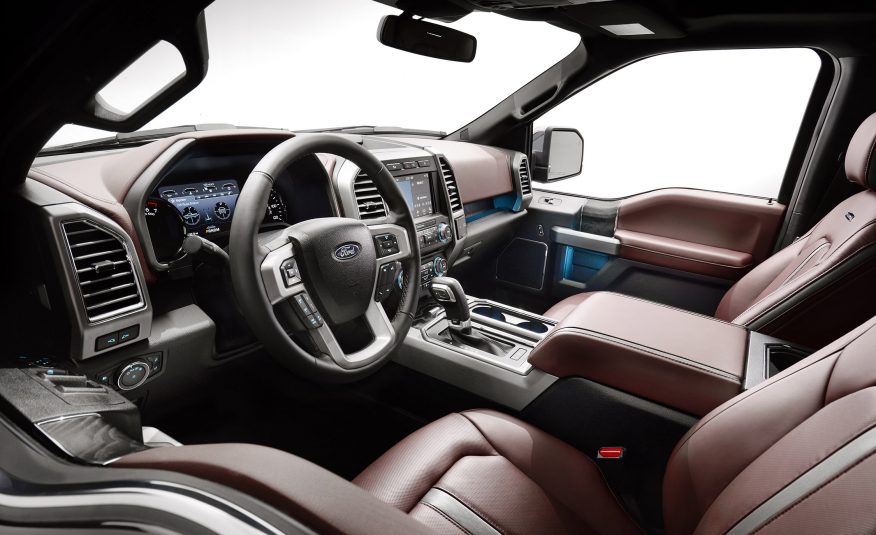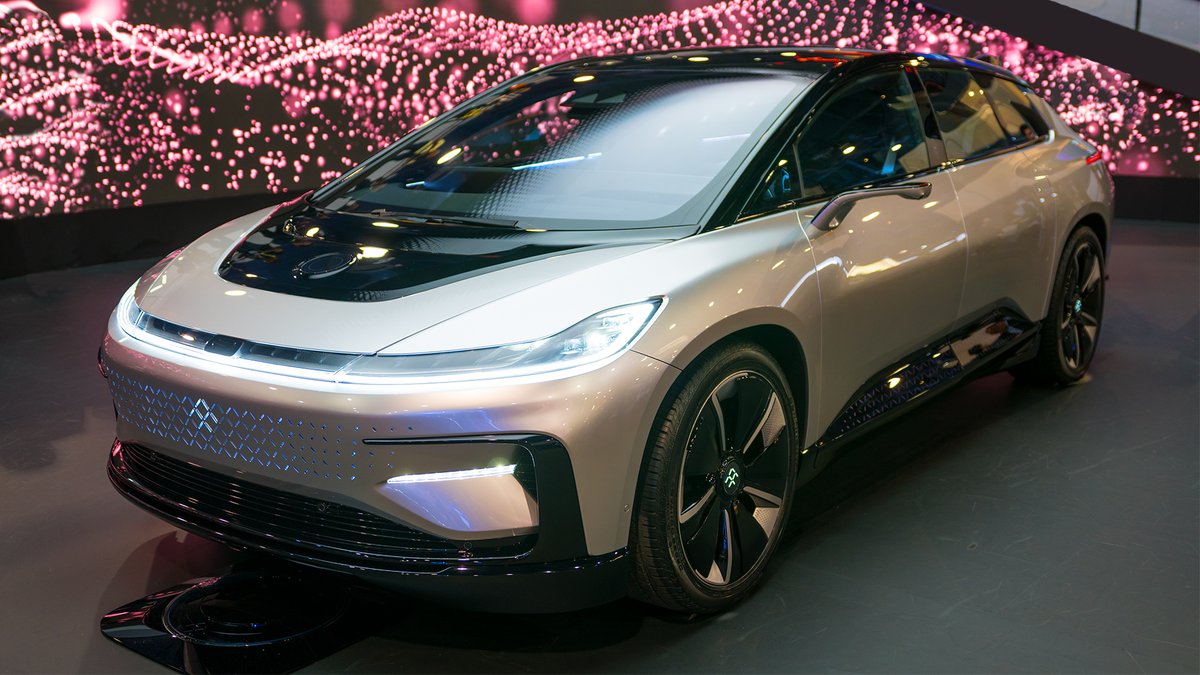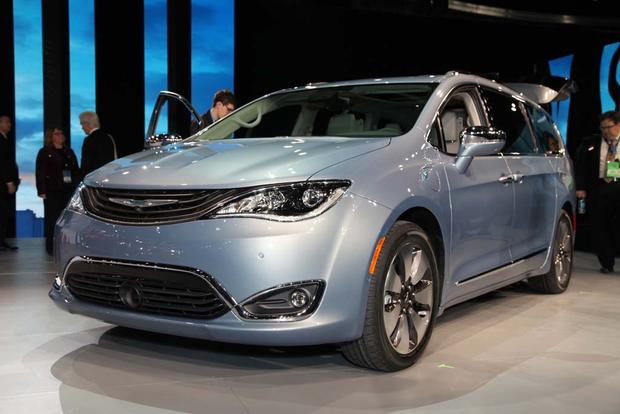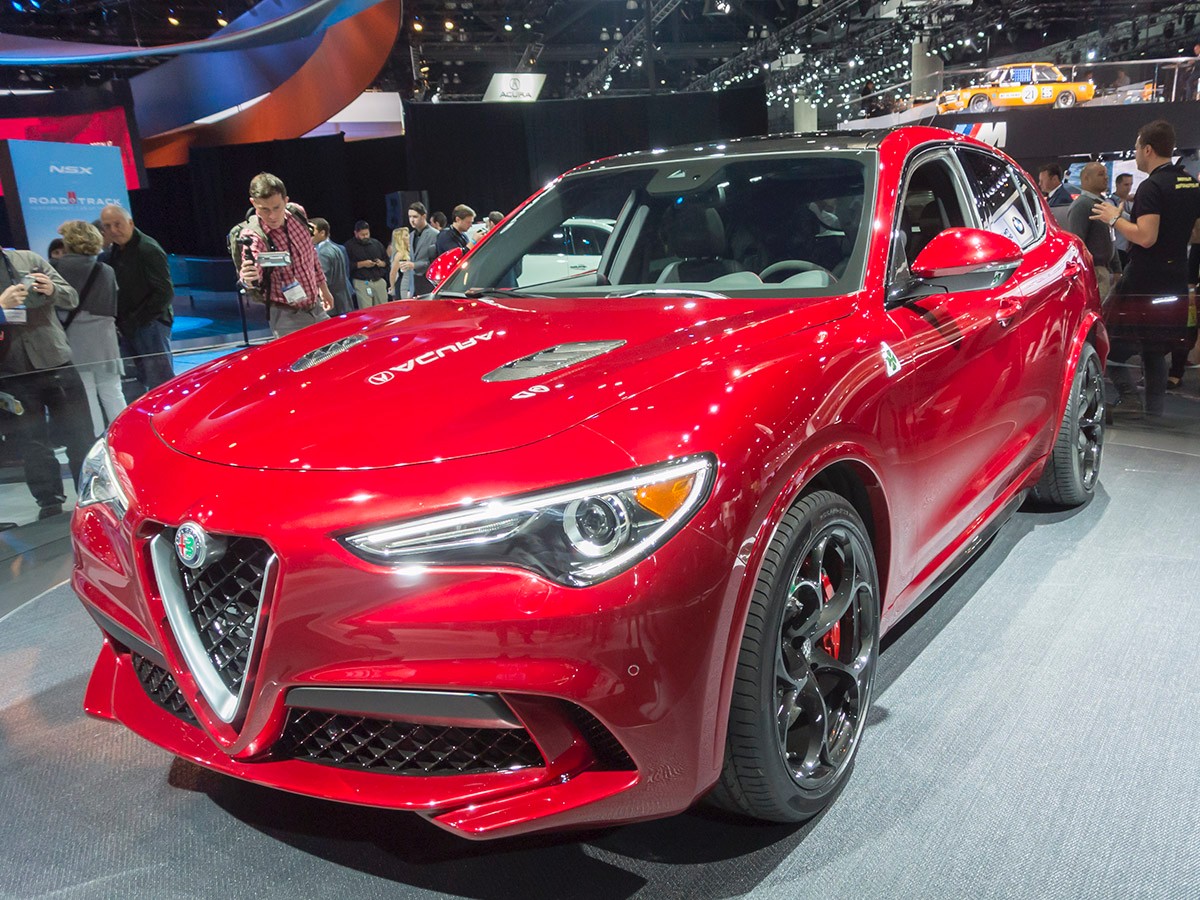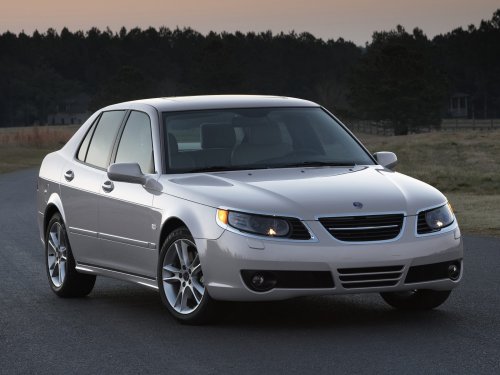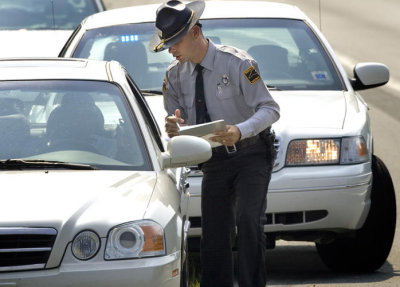-
2018 Buick Enclave “Avenir” will have ionic air purifier - April 12, 2017
-
Lease a Luxury Car for Less Than You Think - April 5, 2017
-
Shopping for a Car When Your Credit is Low - March 31, 2017
-
Aston Martin Closer to Unveiling Second-Generation Vantage - March 21, 2017
-
2017 Bentley Bentayga SUV: Offroad for $238,000 and Up - March 14, 2017
-
Pagani Huayra is Finally Here, Only $2.4M - March 9, 2017
-
Mercedes AMG E63 – For When Your Wagon Needs Drift - February 6, 2017
-
2018 Audi Q5 SUV: Enhanced Performance - January 30, 2017
-
2018 Toyota Camry Due in Late Summer - January 27, 2017
-
2018 Dodge Challenger SRT Demon Will Outstrip Hellcat - January 23, 2017
New CAFE Fuel Economy Standards Not as Big a Change as You Think
Earlier this week, President Obama officially moved the deadline for the new CAFE standards up from 2020 to 2016. The new standards will require each manufacturer to increase its fleet’s average fuel economy by 5% each year in order to meet the standards. That will really mean an average fuel economy of 23 mpg, not 35.5.
Edmunds Inside Line has pointed out that the CAFE fuel economy ratings are different from the EPA ones, which are more widely used. The EPA numbers, which are used by carmakers’ Web sites and posted on a new car’s window sticker, are much lower and more realistic than CAFE numbers. The 39 mpg CAFE mileage requirement for cars corresponds to about 29 EPA mpg. Likewise, the mileage requirement for trucks is much lower than it looks. The new requirements will be just 23 EPA mpg.
Of course, the dopes on the 24 hour news channels quickly panicked, claiming that carmakers will be forced to make cars lighter and lighter until they’re unsafe. Also that the sky is falling, the Russians are invading and illegal immigrants are at your house right now rifling through your underwear drawer.
The aforementioned dopes would be wrong even if the new CAFE standards were as extreme a change as a cursory glance suggests. Safety standards won’t be preempted by fuel economy ones.
The bottom line is that these fuel economy standards are reachable, and won’t spell the end of enthusiast cars, which is what we were really worried about (Safety? Psshht, I don’t plan on crashing). Instead, carmakers will make their A to B vehicles more economic to keep their averages high.
